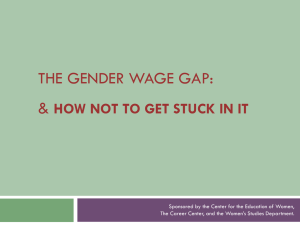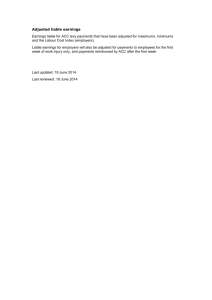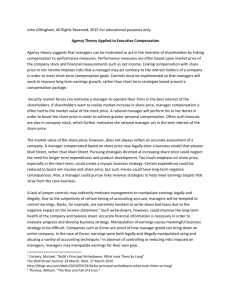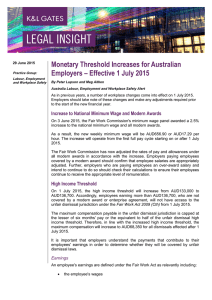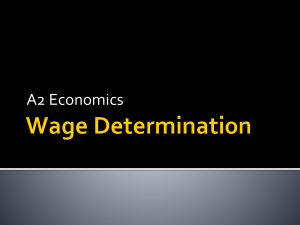Profit Sharing Plans 401(k) Money Purchase Defined
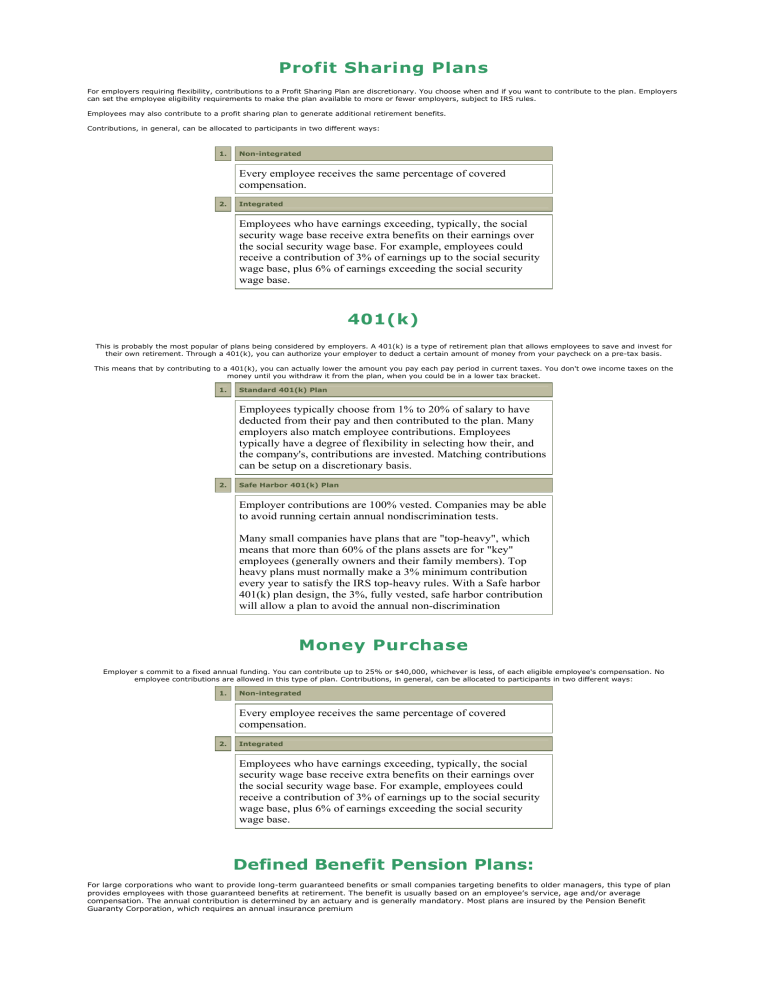
Profit Sharing Plans
For employers requiring flexibility, contributions to a Profit Sharing Plan are discretionary. You choose when and if you want to contribute to the plan. Employers can set the employee eligibility requirements to make the plan available to more or fewer employers, subject to IRS rules.
Employees may also contribute to a profit sharing plan to generate additional retirement benefits.
Contributions, in general, can be allocated to participants in two different ways:
1. Non-integrated
Every employee receives the same percentage of covered compensation.
2. Integrated
Employees who have earnings exceeding, typically, the social security wage base receive extra benefits on their earnings over the social security wage base. For example, employees could receive a contribution of 3% of earnings up to the social security wage base, plus 6% of earnings exceeding the social security wage base.
401(k)
This is probably the most popular of plans being considered by employers. A 401(k) is a type of retirement plan that allows employees to save and invest for their own retirement. Through a 401(k), you can authorize your employer to deduct a certain amount of money from your paycheck on a pre-tax basis.
This means that by contributing to a 401(k), you can actually lower the amount you pay each pay period in current taxes. You don't owe income taxes on the money until you withdraw it from the plan, when you could be in a lower tax bracket.
1. Standard 401(k) Plan
Employees typically choose from 1% to 20% of salary to have deducted from their pay and then contributed to the plan. Many employers also match employee contributions. Employees typically have a degree of flexibility in selecting how their, and the company's, contributions are invested. Matching contributions can be setup on a discretionary basis.
2. Safe Harbor 401(k) Plan
Employer contributions are 100% vested. Companies may be able to avoid running certain annual nondiscrimination tests.
Many small companies have plans that are "top-heavy", which means that more than 60% of the plans assets are for "key" employees (generally owners and their family members). Top heavy plans must normally make a 3% minimum contribution every year to satisfy the IRS top-heavy rules. With a Safe harbor
401(k) plan design, the 3%, fully vested, safe harbor contribution will allow a plan to avoid the annual non-discrimination
Money Purchase
Employer s commit to a fixed annual funding. You can contribute up to 25% or $40,000, whichever is less, of each eligible employee's compensation. No employee contributions are allowed in this type of plan. Contributions, in general, can be allocated to participants in two different ways:
1. Non-integrated
Every employee receives the same percentage of covered compensation.
2. Integrated
Employees who have earnings exceeding, typically, the social security wage base receive extra benefits on their earnings over the social security wage base. For example, employees could receive a contribution of 3% of earnings up to the social security wage base, plus 6% of earnings exceeding the social security wage base.
Defined Benefit Pension Plans:
For large corporations who want to provide long-term guaranteed benefits or small companies targeting benefits to older managers, this type of plan provides employees with those guaranteed benefits at retirement. The benefit is usually based on an employee’s service, age and/or average compensation. The annual contribution is determined by an actuary and is generally mandatory. Most plans are insured by the Pension Benefit
Guaranty Corporation, which requires an annual insurance premium


